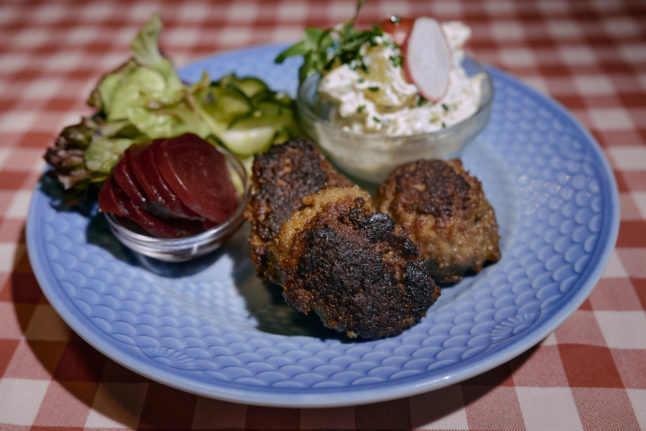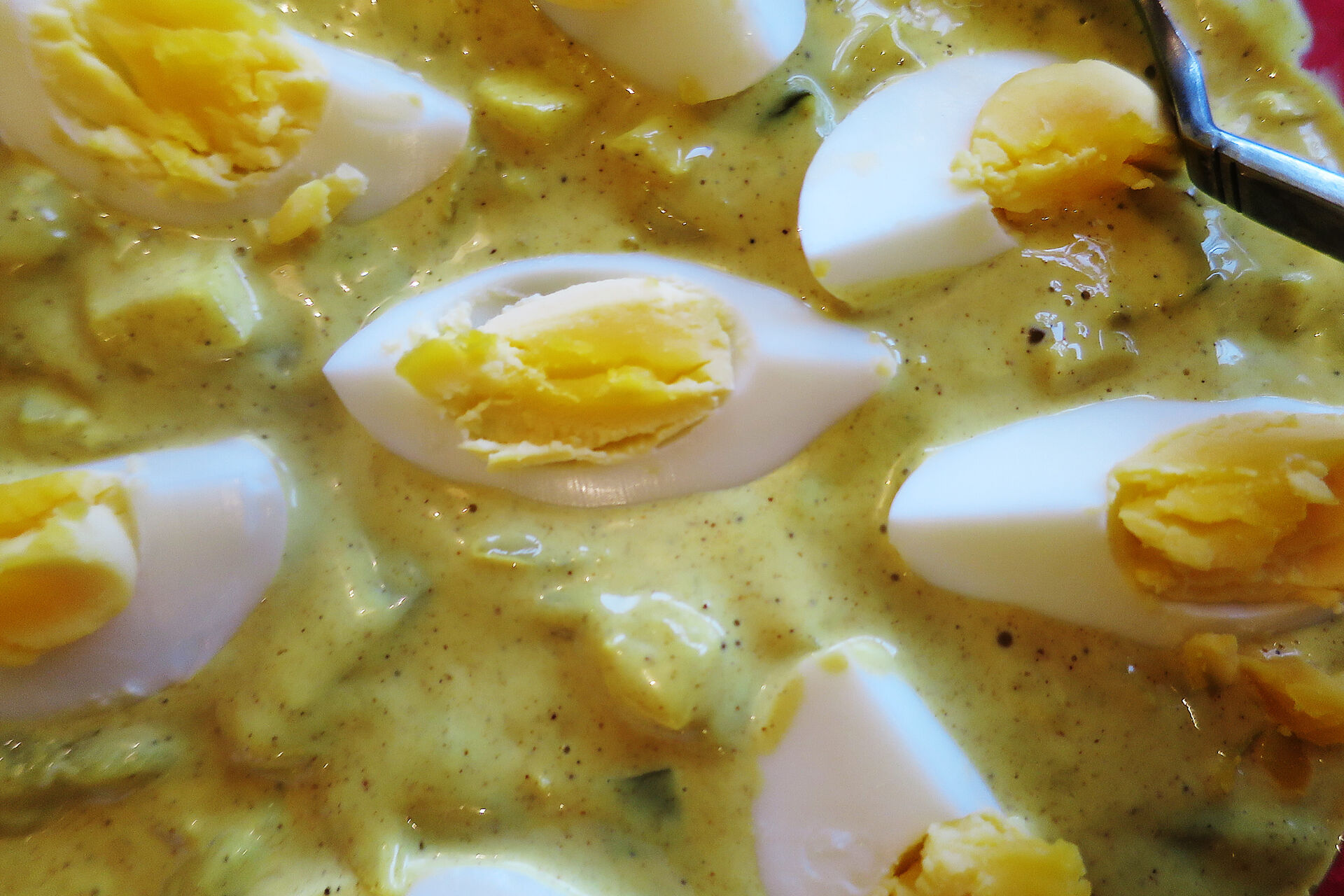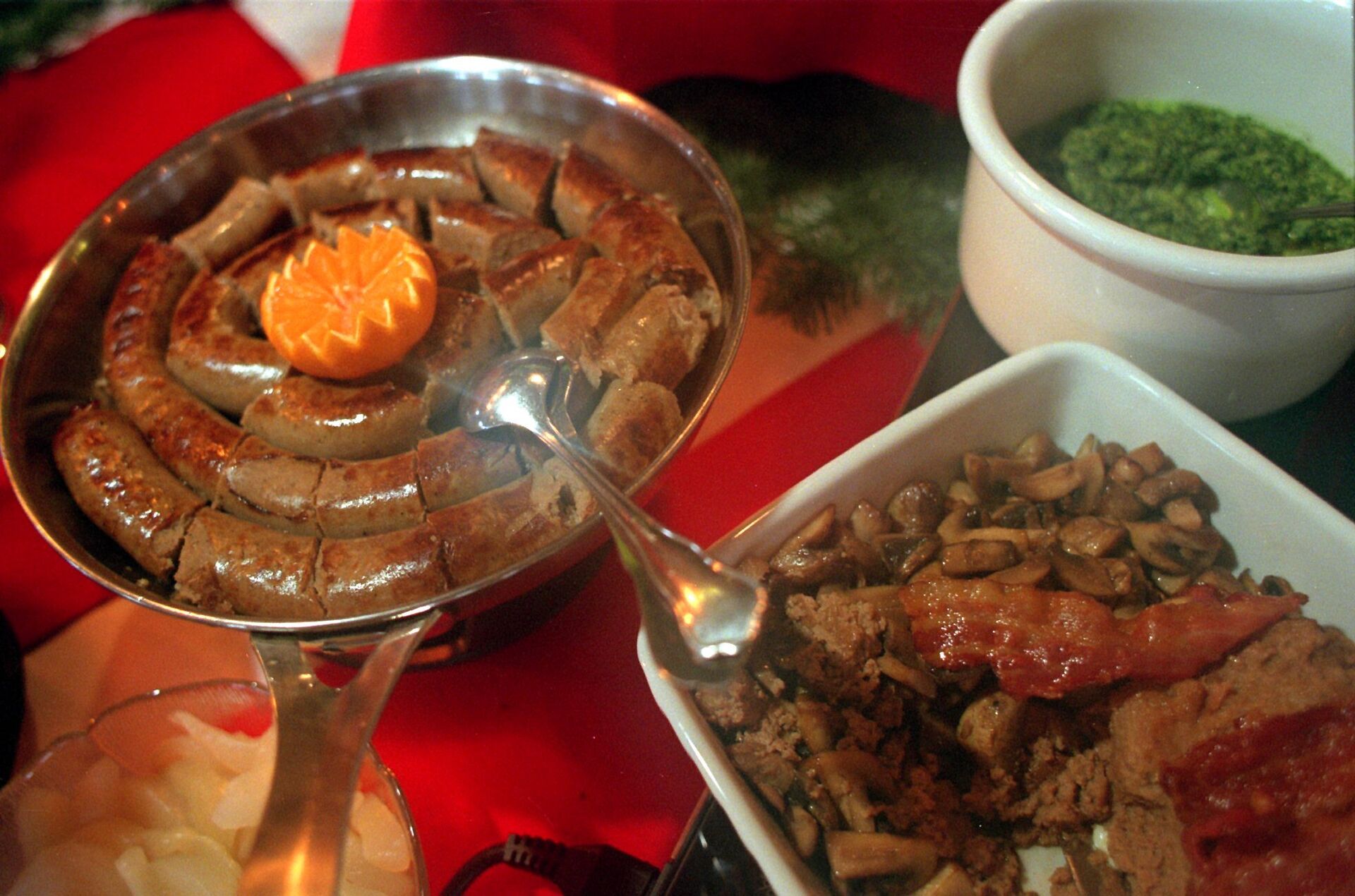FARMING
Denmark launches ‘most ambitious’ organic plan
The Ministry of Food, Agriculture and Fisheries is behind a new strategy to double organic farming and serve more organic food in the nation's public institutions.
Published: 30 January 2015 14:37 CET
The Danish government on Friday announced plans to make the country more organic.
The government announced a 67-point plan, Økologiplan Danmark, that focuses heavily on a more organic public sector.
“In order to achieve our goals, which are the most ambitious in the West, the public sector needs to lead the way. With Økologiplan Danmark, we will strengthen cooperation between municipalities, regions and ministries with a long line of new initiatives. We will commit ourselves to, among other things, have more organic items on the menu in canteens, hospitals and daycare institutions,” Food and Agriculture Minister Dan Jørgensen said.
On Instagram, Jørgensen went a step further and said that Denmark's plan is "the world's most ambitious":
According to Jørgensen, the nation’s public institutions serve some 800,000 meals every single day.
Among the action plans are steps aimed at hitting the government’s goal of doubling the amount of land dedicated to organic farming by 2020 compared to 2007.
“We must speed up the conversion to organic farming if we are to hit the goal of doubling the area by 2020. The government will therefore strengthen both development and conversion and will work with alternative ownership and operation models,” the government’s plan reads.
Although the Ministry of Food, Agriculture and Fisheries is behind the plan, other ministries have also pledged to do their part.
The Defence Ministry, for example, has committed to increasing the amount of organic food served at its bases.
“Approximately 1.1 million kilos of food are served in defence canteens each year. It really has an impact when we set requirements for organic and healthy food. Therefore I’m pleased that the new action plan is raising the organic bar considerably,” Defence Minister Nicolai Wammen said.
The Ministry of Education has also committed to “strengthening young people’s ecological awareness”, according to Education Minister Christine Antorini.
“We want to improve children and young people’s awareness of ecology and therefore we are using the public school reform to teach about organic farming and production in the natural science and in the new subject of food knowledge,” Antorini said.
The government has committed a total of 400 million kroner ($60.8 million) to its action plan, the full details of which can be read here (in Danish).
Url copied to clipboard!




 Please whitelist us to continue reading.
Please whitelist us to continue reading.
Member comments